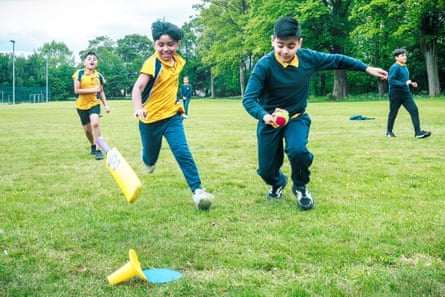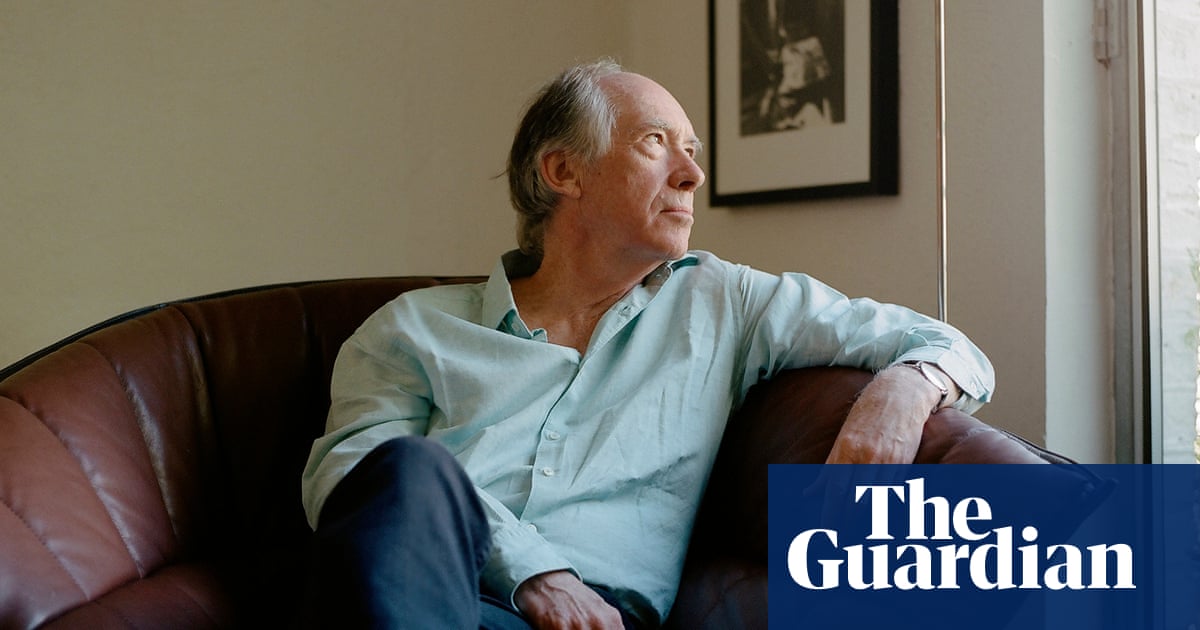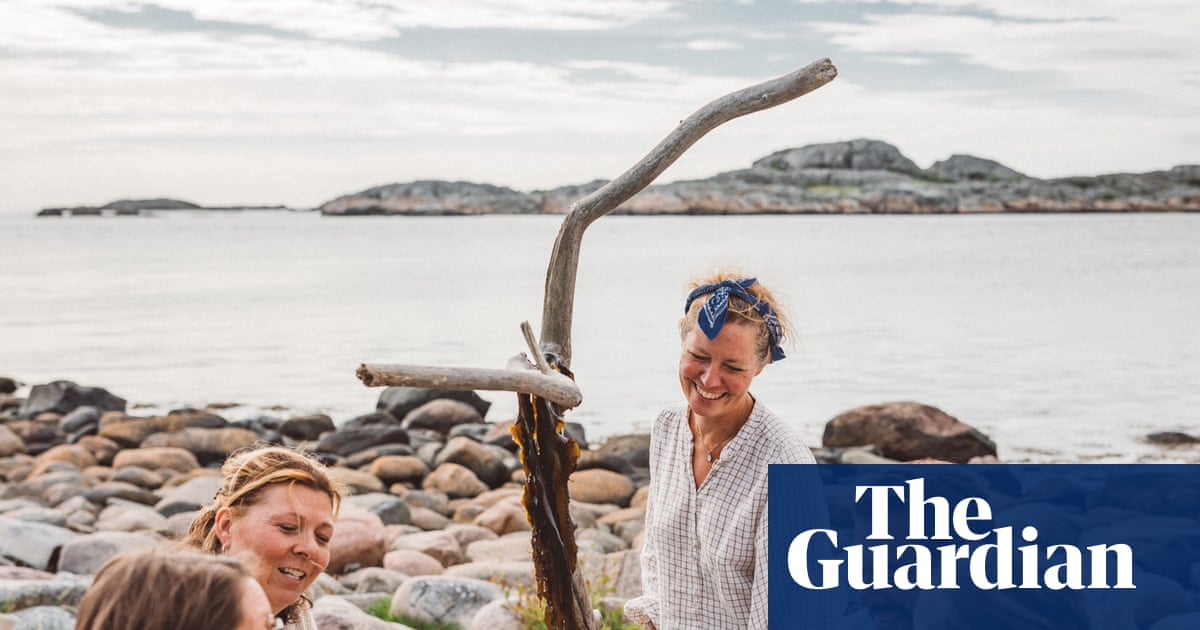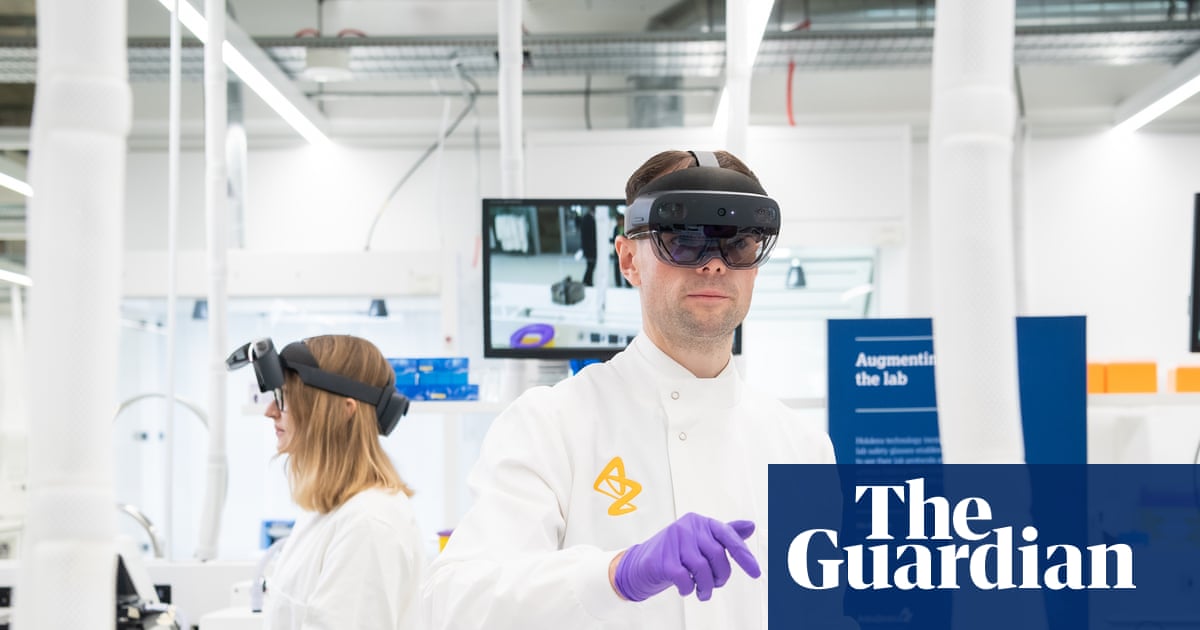A project in the UK which included young people designing their own play spaces has led to what researchers say is the highest increase in children’s physical activity ever recorded by an intervention of its kind.
The JU:MP programme (Join Us: Move Play) in Bradford, West Yorkshire, recruited children and young people to design play spaces on neglected land near their homes, choosing plants, balance beams, and nature play features, such as stone stacks and earth mounds which encourage imaginative games while keeping maintenance costs down.
Alongside intervention in state schools, the project got madrasas (religious after-school programmes) to build exercise – including football, cricket and archery – into their classes for the first time, putting health messages in faith settings.
The result was a transformation that benefited children from across Bradford’s communities, the organisers said. In the Shipley area of the city, which is predominantly white, investment in activity clubs saved parents from paying for after-school and holiday activities.

By increasing opportunities for play throughout the children’s day, with families encouraged to walk more, the scheme improved the children’s total physical activity by more than 70 minutes a week.
The children wore accelerometers – devices that measured their motion – so researchers from Born in Bradford, a project that tracks health outcomes in the city, could collate the data.
Physical activity classed as “moderate to vigorous” increased by six minutes on weekdays, while “weekend inactivity” fell by about 22 minutes a day. Previous studies involving long-term physical activity intervention have averaged only four-minute increases per day, according to Sport England and Born in Bradford.
Sport England is investing £250m in 90 places in the top 10% areas of the country for inactivity, deprivation and health inequality. It described the results in Bradford – where 40.4% of children aged 10-11 were overweight in 2022-23 – as “outstanding”.
The Bradford project was funded by the National Institute of Health and Care Research, with infrastructure funded by Sport England, and targeted 30,000 children in eight neighbourhoods of the city.

Dr Sally Barber, the director of physical activity research at Born in Bradford, said the project had taken a singular, “whole-system” approach in targeting children and families, community organisations, schools and the environment, ensuring “it’s the people within the locality that are making the decisions”.
Barber said: “The green space is a shining example – we’ve developed 12 green spaces over the course of the programme. We’ve had some projects where teenage girls have been involved from the very beginning, working with landscape architects to develop their ideas, often places where there’s been problems with lighting, flytipping or antisocial behaviour. It’s been really important to have that co-design and have those children saying: ‘Actually, this is what would make me use it’.”
Born in Bradford is a birth cohort study that began in 2007, following the lives of children since their mothers were pregnant, collecting data including accelerometer readings from children at various stages of their lives.
The JU:MP programme involved 766 children in the intervention group, and results were compared with a control group of 687. The research ran between January 2022 and September 2024.

Sam Bacon, the strategic director of physical activity for Active Bradford and the JU:MP programme, said the approach taken in Bradford “needs to go into policymaking”.
Bacon said: “We know physical behaviour habits when you’re young influence what happens when you’re older, and that increasing sedentary behaviour and general physical ill-health is a real problem society faces.
“We’re not talking about putting on lots of free football sessions, and when the money runs out, that stops – we’re talking about sustainable behaviour change.”
Lisa Dodd-Mayne, the Sport England executive director for place, said: “This work is a pivotal moment in time, showing that by working differently we can genuinely influence activity levels.”

 3 months ago
85
3 months ago
85

















































